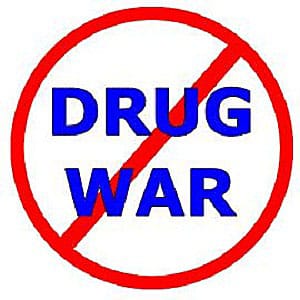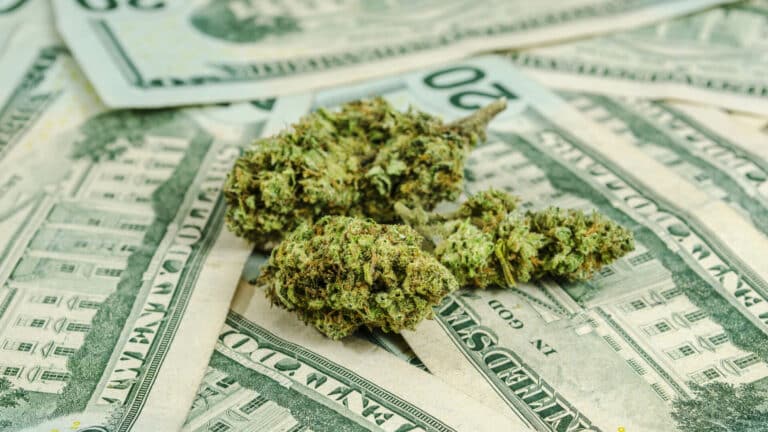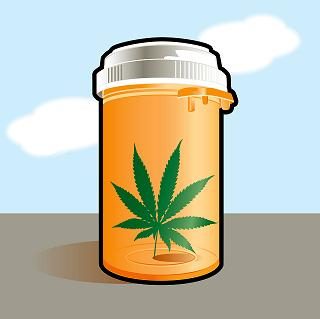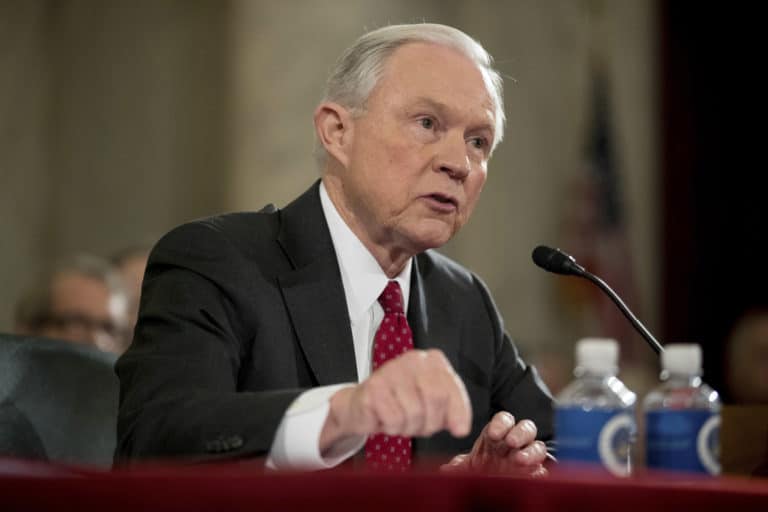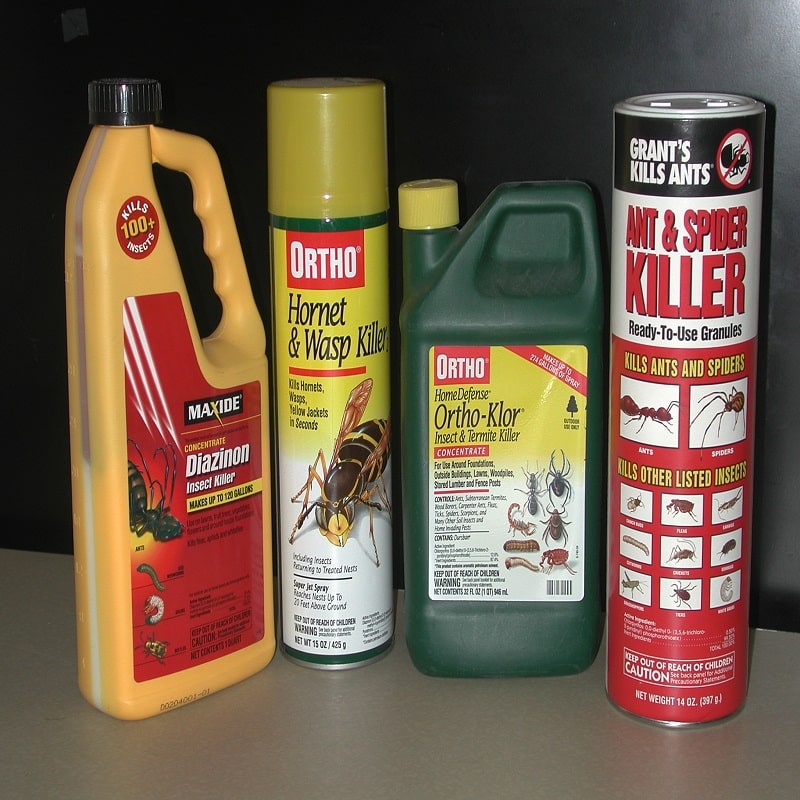Yesterday, President Obama, through the White house Office of National Drug Control Policy, released his 2012 National Drug Control Strategy. For medical marijuana and legalization advocates alike, this report illuminates a path to creating a dialogue with the President during an election year on an issue of utmost national importance. It is a time for change on cannabis, and President Obama admits it in his opening remarks:
Illicit drug use in America contributed to an estimated $193 billion in crime, health, and lost productivity costs…we cannot afford such a drain on our economy and public resources. While difficult budget decisions must be made at all levels of government, we must ensure continued support for policies and programs that reduce drug use and its enormous costs to American society. In doing so, we will not only strengthen our economy but also sustain the national character and spirit that has made the United States a world leader. I look forward to continuing to work with the Congress and Federal, state, local, tribal, and territorial leaders, international partners, and the American people in this important endeavor.
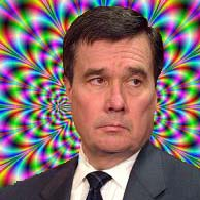
Upon further review, the report details the Administration’s reasons for not yet flipping the switch on medical marijuana. The Director of National Drug Control Policy, R . Gil Kerlikowske, followed up the President’s opening remarks with his own preface, in which he reminds us of “the spirit and substance” of Obama’s National Drug Control Strategy as originally published in 2010. For Obama, it boils down to numbers. The President’s goal, as reiterated by Director Kerlikowske, has always been, “a 15 percent reduction in the rate of drug use and similar reductions in drug use consequences over the course of five years (2010-2015).” The report goes on to state, “while illicit drug use among teens did not change significantly between 2010 and 2011, there have been significant increases in past-month use since 2006, mostly driven by increased rates of marijuana use.” To move Obama on marijuana, advocates must make a concerted effort to create national and local strategies for reducing youth access to marijuana. If adult marijuana use is to become a protected right, it must be protectable exclusively for adults, with mechanisms in place that effectively reduce access to cannabis by children.
Of importance to the medical marijuana movement, are the White House’s reasons for not yet creating an accessible national medical marijuana program. Again falling back on youth drug use, the report states:
One possible influence on this observed trend in drug use and perception of risk is the decreased exposure of youth to prevention messages and the presence of messages and policies that downplay the consequences of drug use. While the Administration supports ongoing research into determining what components of the marijuana plant can be used as medicine, to date, neither the FDA nor the Institute of Medicine has found the marijuana plant itself to meet the modern standard for safe or effective medicine for any condition. The Administration also recognizes that legalizing marijuana would not provide the answer to any of the health, social, youth education, criminal justice, and community quality of life challenges associated with drug use.
One thing is certain, President Obama will not consider full legalization in an election year, but medical marijuana provides a middle ground where he could, segment illicit and medical uses of cannabis, to further his goal of showing a 15% reduction in illicit drug use. First, medicinal marijuana advocates must persuade the Institute of Medicine to provide the President an updated report supporting medical marijuana as a legitimate form of alternative medicine–a position held by 3 out of 4 Americans. A broad national medical marijuana policy would also bolster President Obama’s mission to reduce youth drug abuse by disrupting cartels in favor of domestic suppliers, which allows for stricter control of access to the drug. Yes, some teens will gain access to the drug from their parent’s supply, but that is a lesser evil than the dealer who has a little coke or meth to throw in as a sample. A national medical marijuana program would also create jobs, reduce financial waste on prosecuting medical marijuana patients, growers, dispensaries, and schools, and keep our citizens out of prison for adult medical marijuana use. This can be the year for medical marijuana, only if advocates pull the right levers–reductions in youth access through regulation and the exclusion of cartels from the market, reductions in expenditures on the medical marijuana crackdowns, and the economic benefits of domestic cannabis production, supply, and regulation.


